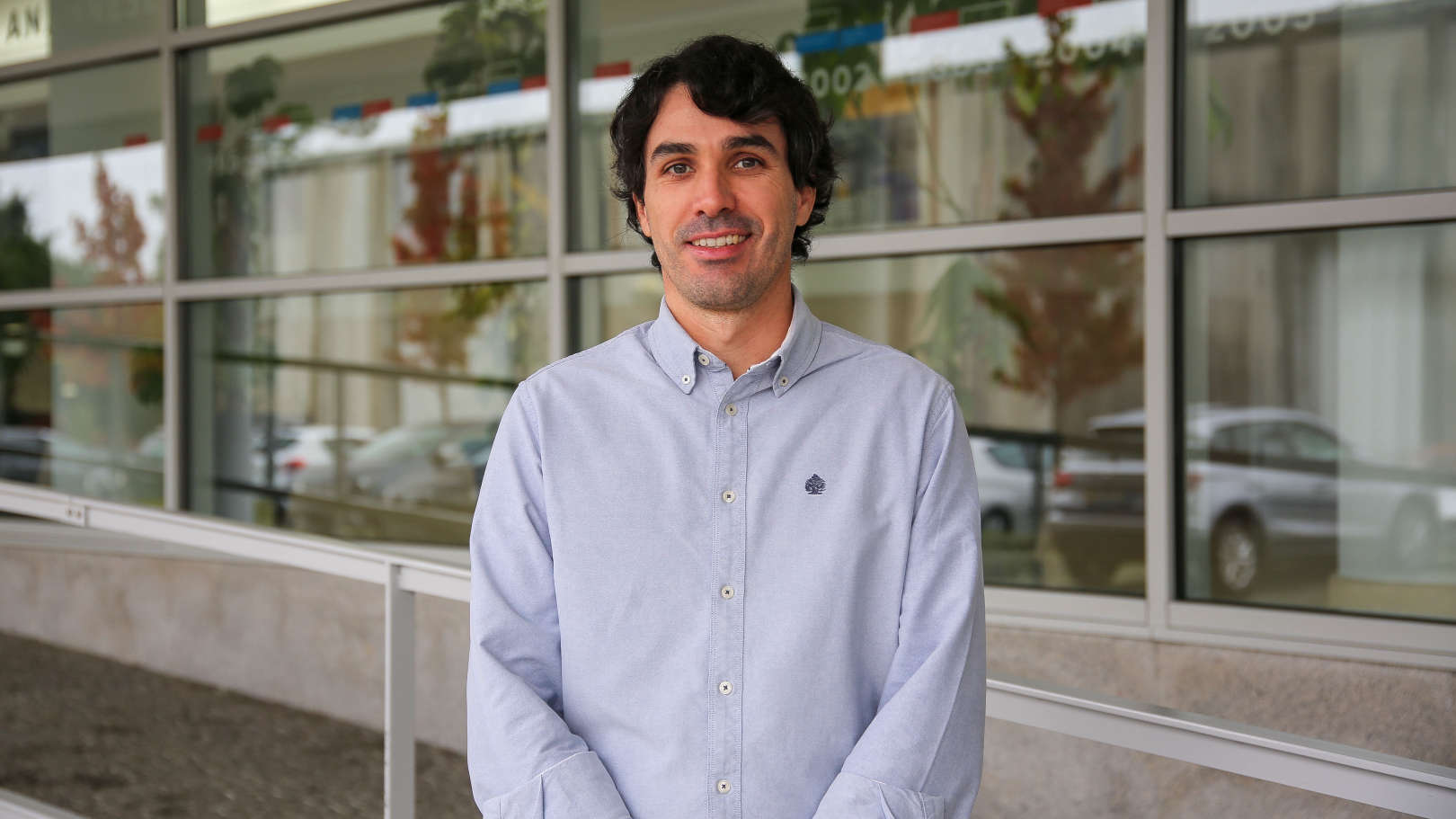Sobre
Rui Campos tem doutoramento em Engenharia Electrotécnica e de Computadores pela Universidade do Porto desde 2011. Atualmente, é coordenador da área de redes sem fios (http://win.inesctec.pt) no Centro de Telecomunicações e Multimédia composta por 30 investigadores, e é membro sénior do IEEE. Rui Campos tem vindo a coordenadar vários projetos de I&D+i, incluindo: SIMBED, UGREEN, BLUECOM+, MareCom, MTGrid, a ação WiFIX dentro do projeto FP7 CONFINE, Mare-Fi, Under-Fi, ReCoop e HiperWireless. Rui Campos tem igualmente participado em múltiplos projetos de I&D, incluindo os seguintes projetos europeus: H2020 RAWFIE, FP7 SUNNY, FP7 CONFINE, FP6 Ambient Networks Phase 1 e FP6 Ambient Networks Phase 2. Os seus interesses de investigação incluem os aspetos de controlo de acesso ao meio, gestão de recursos rádio, gestão de mobilidade e auto-configuração em redes emergentes, com especial foco nas redes formadas por plataformas voadoras, redes marítimas e redes subaquáticas.


